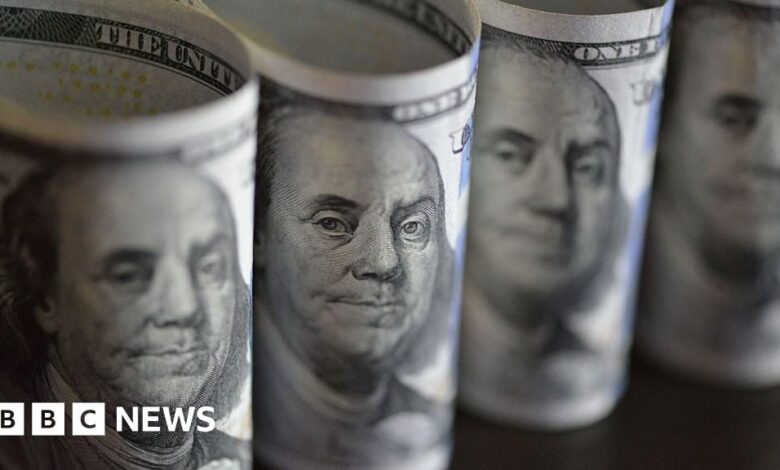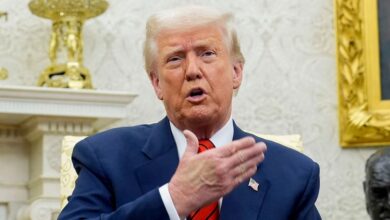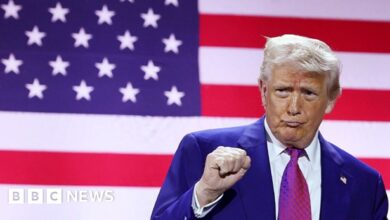Why should I care if the greenback falls?

The US dollar has experienced significant declines in recent months, with the currency index falling to its lowest level in three years. This drop has raised concerns and questions about the reasons behind the fall and the potential implications it may have on the global economy.
Since the election of President Trump, the dollar had been on an upward trajectory due to strong US economic growth and expectations of continued growth under his administration. However, uncertainties surrounding Trump’s trade policies, particularly his tariffs and their impact on inflation and interest rates, have contributed to the recent decline in the dollar. The prospect of weaker US growth and Trump’s criticism of the Federal Reserve for not cutting interest rates have also added pressure to the currency.
The weakening dollar is unusual given that it is typically viewed as a safe investment during turbulent times. The recent sell-off in US government bonds, another traditional safe asset, further highlights the atypical nature of the dollar’s decline. The drop in the dollar following Trump’s tariff announcements has led to speculation about a broader shift away from the US and its currency.
The implications of a weaker dollar extend beyond individual travelers experiencing reduced purchasing power abroad. As the world’s primary reserve currency, the dollar plays a crucial role in international trade and financial transactions. A weaker dollar can make US exports more competitive but also lead to higher import costs and impact commodity prices, which are often denominated in dollars.
If the dollar continues to fall, it could have significant repercussions on the global economy. While the dollar’s status as the world’s reserve currency is unlikely to be challenged in the near term, ongoing market volatility and political uncertainties could further impact the currency’s value. Investors will be closely monitoring Trump’s interactions with the Federal Reserve and any potential implications for the central bank’s independence and credibility.
Overall, the recent decline in the US dollar highlights the complex interplay of economic factors, political decisions, and market dynamics that influence currency values. As the global economy navigates uncertain times, the future trajectory of the dollar remains a critical indicator of economic stability and international trade dynamics.





